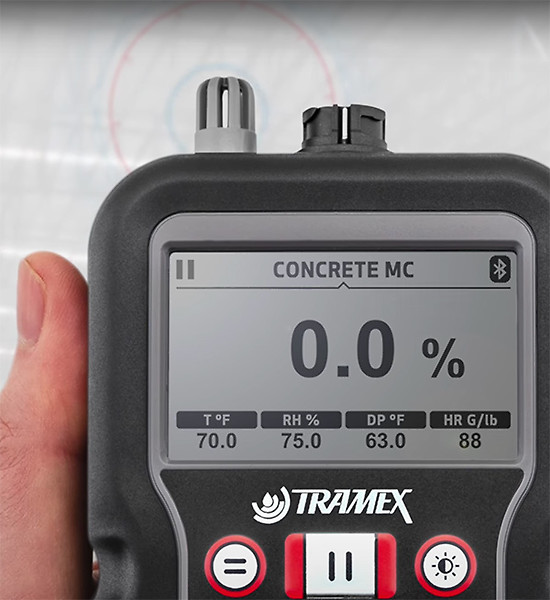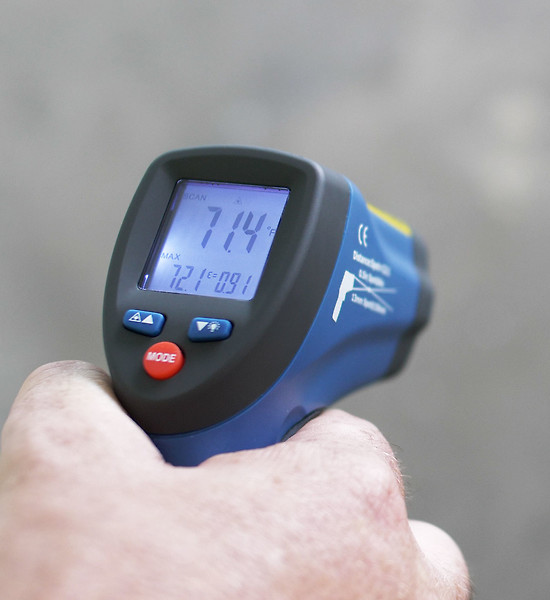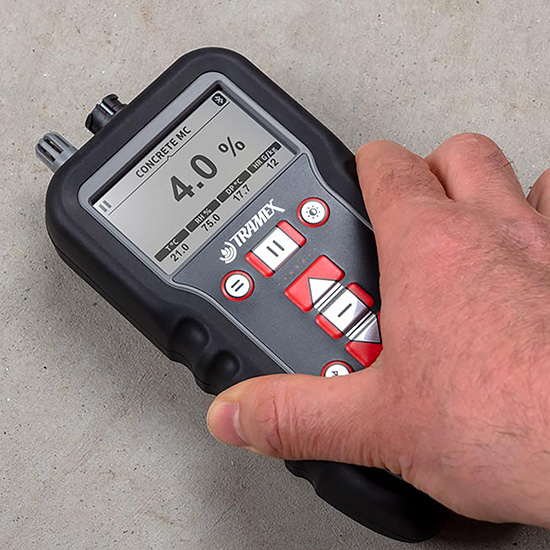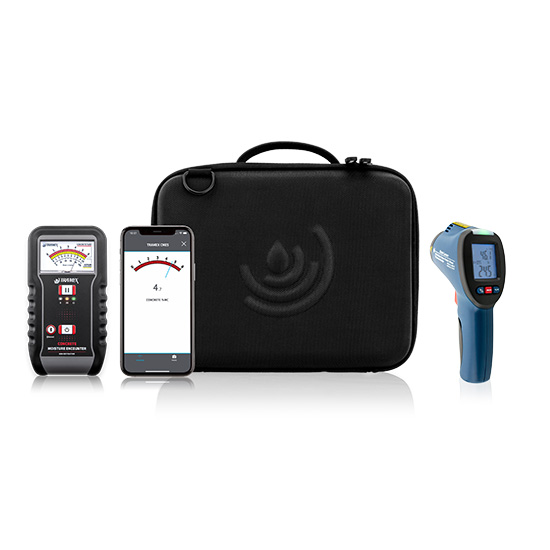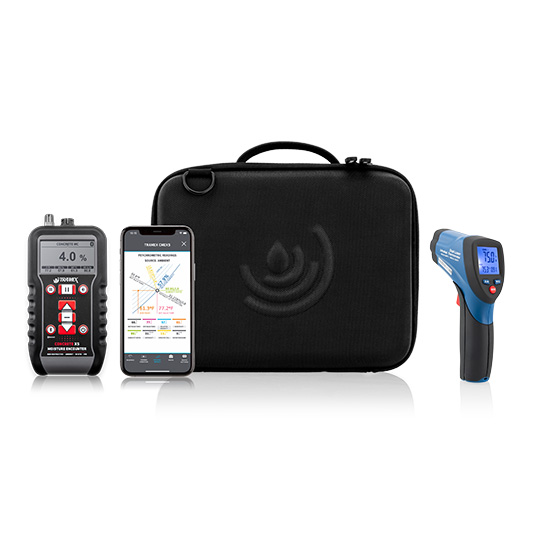The benefits of the Flooring Installation Quick Check Test
The Flooring Installation Quick Check test for concrete was developed to help floor installers achieve successful floor installations.
When a floor installer arrives on site, the concrete floor or slab has generally already been deemed ‘dry enough’ to receive a floor covering and might have been signed off by a floor inspector.
However, ASTM Standards specify that the space must be in "service condition" for at least 48 hours prior to performing moisture testing and that test results are only indicative of the conditions at the time the test is performed.
It is important to note that even if pre-installation moisture testing has been performed, ambient conditions can change in the interim and this may affect your installation of flooring or coatings. These changes in ambient conditions may affect the slab, for example by causing condensation on or in the floor's top layer. Covering the concrete slab in these circumstances could cause floor failure.
So how can you make sure that the conditions are right for floor installation? By following these steps of the ’Installation Quick Check - IQC’ concrete testing method, floor failure can be avoided.
